Top 10 Italian Spices and Herbs That Will Transform Your Kitchen into a Tuscan Paradise!
Welcome to the fragrant world of Italian spices and herbs! Whether you're a seasoned home cook or just dipping your toes into Mediterranean flavors, this guide is your ultimate companion to understanding the most iconic ingredients in Italian cuisine. From the sunny fields of Tuscany to the bustling markets of Rome, these spices bring depth, warmth, and authenticity to every dish.
Table of Contents
- Introduction: The Magic of Italian Seasoning
- Top 10 Italian Spices and Herbs You Need to Know
- How to Use Italian Herbs in Everyday Cooking
- Buying Guide: How to Choose the Best Italian Spices
- Dried vs Fresh Herbs: What’s the Difference?
- Conclusion: Elevate Your Dishes with Italian Flavors
Introduction: The Magic of Italian Seasoning
When it comes to flavor, few cuisines can rival the rustic charm and simplicity of Italian cooking. At the heart of this beloved culinary tradition lies a handful of powerful herbs and spices that transform humble ingredients into unforgettable meals. Italian seasoning is more than just a blend — it's a philosophy that celebrates balance, freshness, and boldness in equal measure.
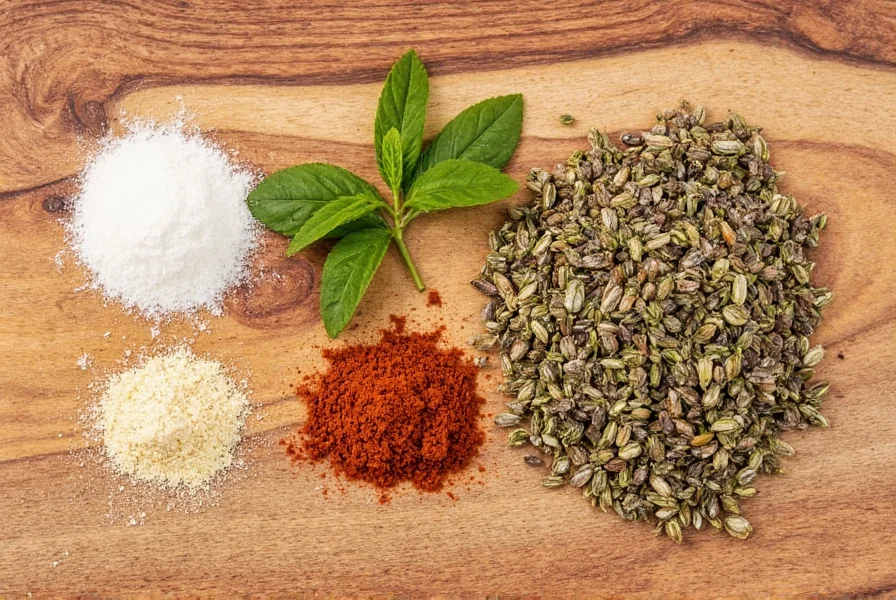
In this article, we’ll explore the top Italian spices and herbs, how to use them like a pro, and tips for selecting the best quality for your kitchen. Whether you’re making lasagna, pizza, or simply roasting vegetables, these seasonings will add that authentic Italian flair.
Top 10 Italian Spices and Herbs You Need to Know
Here are the most essential Italian herbs and spices that should have a permanent spot in your pantry:
- Basil – The king of Italian herbs
- Oregano – Earthy and robust flavor
- Thyme – Adds subtle complexity
- Rosemary – Bold and pine-like aroma
- Mint – For refreshing summer dishes
- Parsley – Brightens up sauces and salads
- Sage – Perfect with pasta and poultry
- Marjoram – Milder cousin of oregano
- Fennel Seeds – Anise-like flavor, popular in sausage and bread
- Garlic Powder – Essential base for many Italian dishes
| Herb/Spice | Flavor Profile | Best Used In | Dried or Fresh? |
|---|---|---|---|
| Basil | Sweet, peppery, slightly minty | Pesto, Caprese salad, tomato sauces | Fresh preferred |
| Oregano | Earthy, warm, slightly bitter | Pizza, pasta sauces, grilled meat | Dried works well |
| Thyme | Subtle, earthy, lemony undertone | Stews, roasted meats, herb butter | Dried or fresh |
| Rosemary | Pine-like, woody, aromatic | Roast potatoes, lamb, focaccia | Fresh better |
| Mint | Cool, bright, refreshing | Pasta with peas, desserts, cocktails | Fresh only |
| Parsley | Grassy, mild bitterness | Gremolata, soups, stews | Fresh preferred |
| Sage | Earthy, peppery, savory | Butter sauce, stuffing, ravioli | Dried or fresh |
| Marjoram | Sweeter, milder than oregano | Vegetable dishes, poultry, stuffing | Dried often used |
| Fennel Seeds | Anise-like, licorice flavor | Sausages, breads, cured meats | Dried |
| Garlic Powder | Umami-rich, pungent | Almost all Italian dishes | Dried |
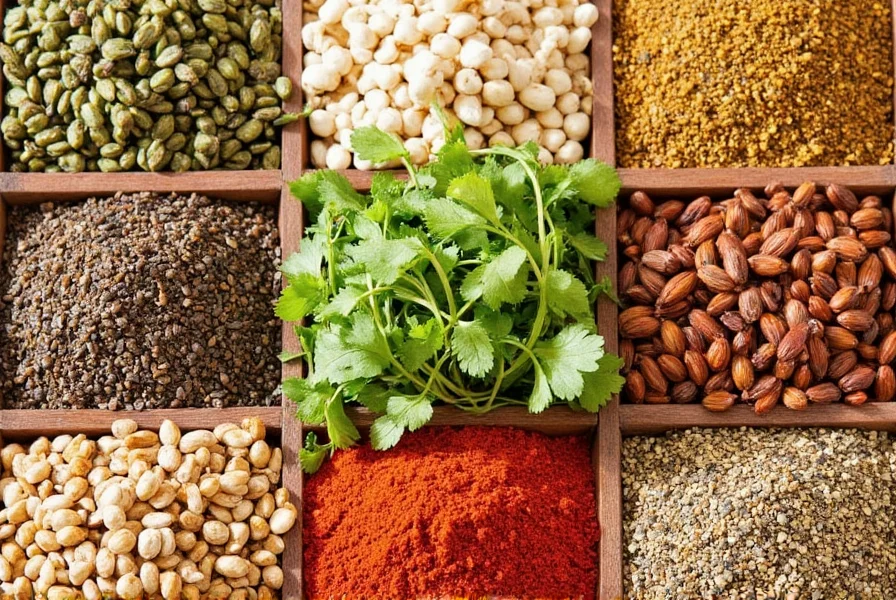
How to Use Italian Herbs in Everyday Cooking
Using Italian herbs doesn’t require a culinary degree — just a bit of creativity and an understanding of when and how to apply each one. Here are some practical tips for bringing Italian flavors to life in your kitchen:
- Basil – Add at the very end of cooking to preserve its vibrant color and flavor. Try it in homemade pesto or as a garnish on pizza.
- Oregano – Perfect for simmered sauces, soups, and grilled veggies. It becomes more potent when dried, so use sparingly.
- Thyme – Great for infusing broths and slow-cooked dishes. Tie sprigs together and remove before serving.
- Rosemary – Use in oil-based marinades or rub it onto meats before roasting for a deep aroma.
- Mint – Ideal for freshening up summer pastas or adding brightness to desserts and drinks.
- Parsley – Chopped finely, it adds a punch of green to any dish. Make gremolata by mixing garlic, lemon zest, and parsley.
- Sage – Sauté in butter until crispy for a quick, gourmet finish to pasta or gnocchi.
- Marjoram – Substitute for oregano when you want a subtler flavor, especially in stuffings and egg dishes.
- Fennel Seeds – Toast them lightly before grinding to enhance their licorice-like flavor in sausages and focaccia.
- Garlic Powder – A pantry staple that forms the base of countless Italian recipes. Combine with olive oil and red pepper flakes for a classic flavor booster.
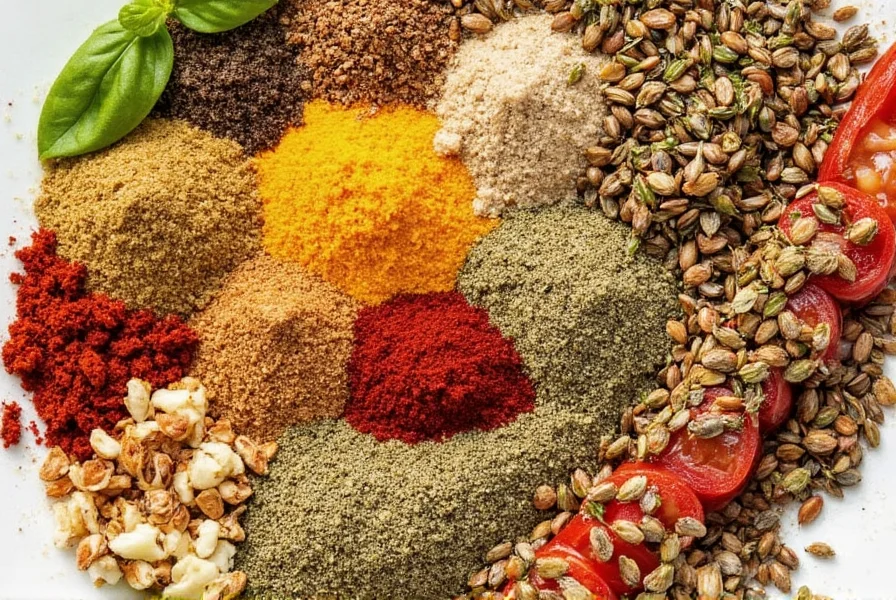
Buying Guide: How to Choose the Best Italian Spices
Whether you’re shopping at a local market or browsing online spice stores, here’s how to pick high-quality Italian herbs and spices:
Look for Quality Indicators
- Origin Matters – Herbs from Italy (like Sicilian oregano or Ligurian basil) often carry a richer aroma due to the ideal climate and soil conditions.
- Packaging – Ensure spices are stored in opaque containers to protect them from light degradation.
- Expiration Dates – Freshness is key. Check the harvest or expiration date on the label. Herbs tend to lose potency after 1–2 years.
- Color & Smell – Vibrant colors and strong aroma are signs of freshness. If they look dull or smell faint, it’s time to replace them.
Recommended Products
| Product | Description | Features | Best For |
|---|---|---|---|
| Ligurian Basil Leaves | Air-dried basil grown along the Italian coast | Intense aroma, retains sweetness longer | Pesto lovers, Caprese dishes |
| Sicilian Oregano | Robust, full-bodied flavor profile | Natural drying process enhances oils | Pizza, tomato-based sauces |
| Tuscan Rosemary Sprigs | Whole sprigs harvested in early spring | Strongest scent and flavor available | Roasts, focaccia, infused oils |
| Fennel Seeds from Apulia | Traditionally used in Italian sausage blends | Slightly sweet, licorice notes | Charcuterie, bread, seafood dishes |
| Organic Garlic Powder | Minimally processed with no additives | Consistent fine texture, clean taste | Everyday Italian cooking |
Dried vs Fresh Herbs: What’s the Difference?
Understanding when to use fresh versus dried herbs can make a big difference in flavor and presentation:
- Fresh Herbs – Best added at the end of cooking or used raw for garnishing. They provide a brighter, livelier flavor and visual appeal.
- Dried Herbs – More concentrated in flavor, perfect for slow-cooked dishes like stews, sauces, and braises where time allows the flavors to bloom.

Quick Reference Chart
| Herb | Fresh Use Case | Dried Use Case |
|---|---|---|
| Basil | Salads, pesto, bruschetta | Not recommended |
| Oregano | Rarely used fresh | Pizza, sauces, baked dishes |
| Thyme | Garnish, delicate sauces | Slow-cooked soups, stews |
| Rosemary | Roasted meats, focaccia | Infused oils, long-cooked dishes |
| Parsley | Gremolata, chimichurri, tabbouleh | Less common |
Conclusion: Elevate Your Dishes with Italian Flavors
Italian herbs and spices aren't just ingredients — they're storytellers. Each one carries centuries of tradition, culture, and culinary wisdom. With the right combination, you can transform your kitchen into a little slice of Tuscany or Naples without ever leaving home.
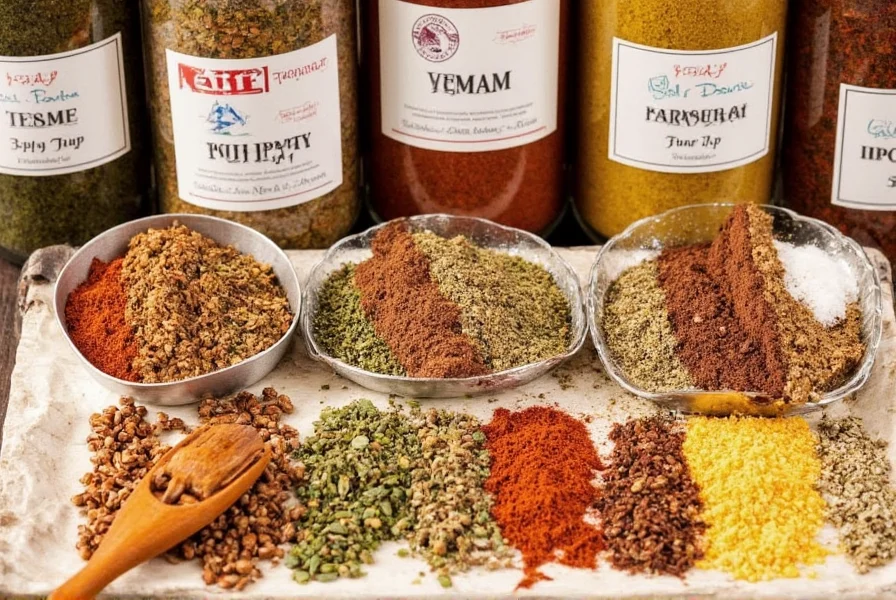
Whether you’re a novice or a seasoned cook, experimenting with Italian herbs opens up a world of possibilities. Start with a few essentials like basil, oregano, and garlic powder, then gradually expand your collection as you grow more comfortable with flavor pairings.
So go ahead — sprinkle some oregano over that homemade pizza, stir a pinch of marjoram into your Sunday gravy, or crush some fennel seeds into your next batch of focaccia dough. Your taste buds will thank you, and your guests will swear you’ve been to Italy yourself.
Happy cooking, and may your kitchen always smell like a sunlit vineyard in Tuscany!

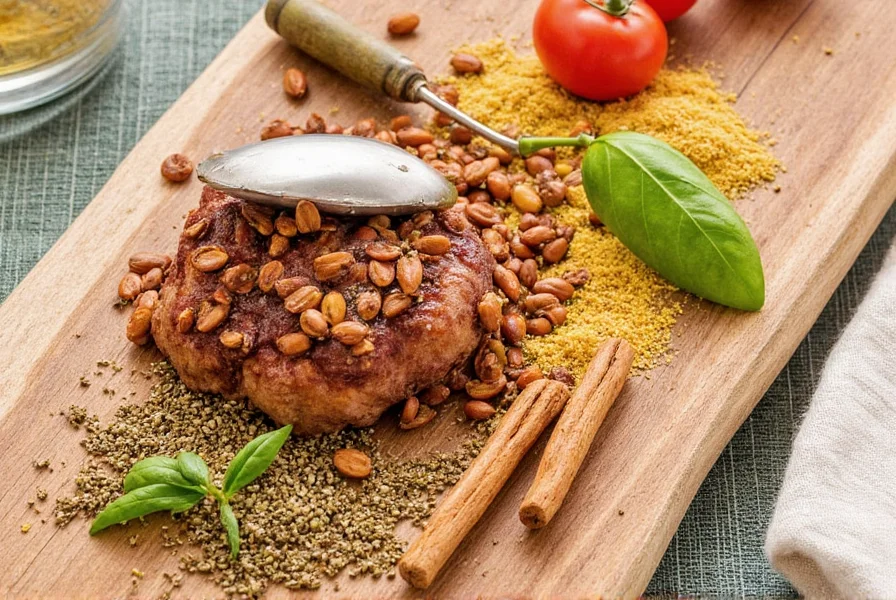









 浙公网安备
33010002000092号
浙公网安备
33010002000092号 浙B2-20120091-4
浙B2-20120091-4